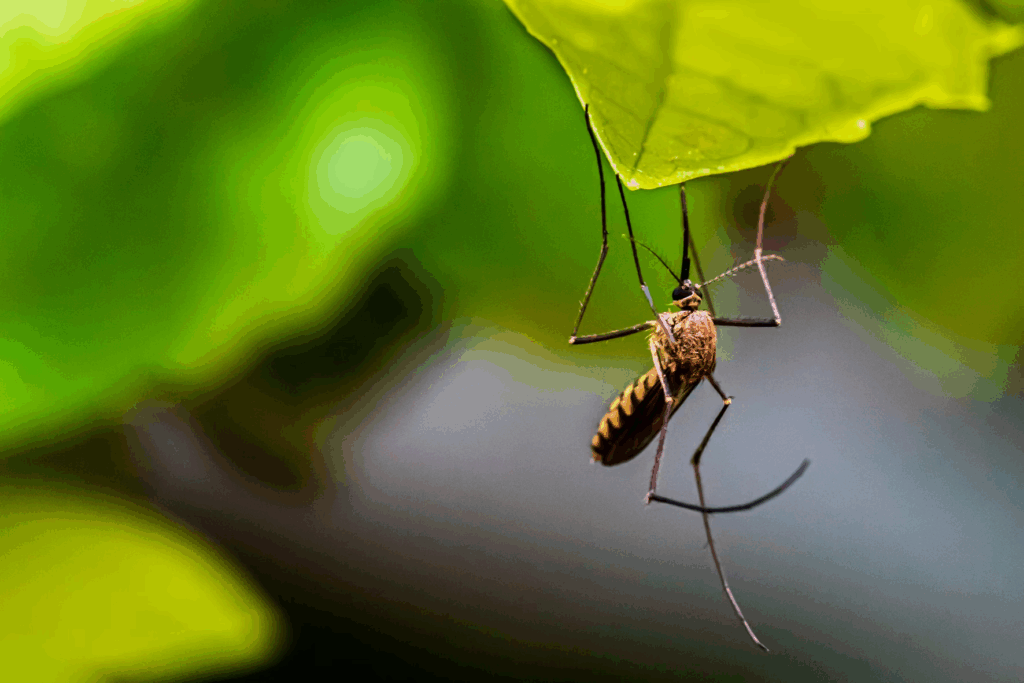Thousands of Lab-Bred Mosquitoes Dropped from Drones Over Hawaii’s Forests in Bold Bid to Save Endangered Birds
Something extraordinary is unfolding in the lush forests of Hawaii—a steady rain of tiny insects gently falling from the sky. But this isn’t a scene from a sci-fi thriller; it’s a pioneering conservation effort combining cutting-edge science, drones, and a desperate race against time to protect some of the world’s rarest bird species.

Since June, drones have been flying over Hawaii’s remote woodlands, releasing pods containing roughly 1,000 sterile male mosquitoes each. These aren’t ordinary pests but specially bred lab mosquitoes infected with a natural bacterium called Wolbachia.
When these males mate with wild females, the bacterium causes eggs to fail, gradually shrinking the mosquito population responsible for spreading deadly avian malaria.
Avian malaria has been a catastrophic force for native Hawaiian birds, especially the iconic honeycreepers. Once numbering over 50 species across the islands, only 17 remain today, many teetering on the brink of extinction. Species like the yellow-green ‘akeke‘e have dropped below 100 individuals, while the gray ‘akikiki is nearly extinct in the wild.
“The introduction of avian malaria, probably via 19th-century ships, changed everything,” explains Dr. Chris Farmer, Program Director at the American Bird Conservancy.
“Native birds had no defenses against this disease, and with climate change pushing mosquitoes into higher elevations, their safe havens are disappearing fast.”
To fight back, conservationists have adopted an innovative strategy called the Incompatible Insect Technique (IIT).
Instead of relying on pesticides—which could harm other wildlife—they’re releasing these Wolbachia-infected males to naturally suppress mosquito populations. After years of development, mosquitoes are now produced in a dedicated California lab and deployed across Maui and Kauai by helicopter and drone.
Drones have become vital to this effort, capable of reaching rugged terrain and operating safely in weather conditions that ground helicopters. “This is the first time drones have been used to distribute mosquitoes for bird conservation,” says Adam Knox, ABC’s aerial project manager. The technology is not only safer and more efficient but also reduces environmental impact.
Currently, about half a million sterile males are released weekly on each island, outnumbering wild mosquitoes and disrupting their breeding cycle. Though it will take time to see measurable results, early signs give hope that the honeycreepers may finally get a fighting chance.
Research hints some birds, like the ‘amakihi, are even evolving resistance to malaria. But these genetic changes must spread quickly for species survival. Captive breeding efforts for the most imperiled birds like the ‘akikiki also play a crucial role in the broader recovery plan.
“It’s heartbreaking watching these birds vanish, but this project shows science and determination can make a difference,” Farmer reflects. “If we act now, there’s still hope to save them. Delay could mean losing them forever.”
Final Thoughts:
In a race against climate change and disease, Hawaii’s bold experiment with lab-grown mosquitoes and drone technology could mark a turning point for its endangered birds. As scientists release millions of these tiny allies into the forests, the islands’ future biodiversity hangs in the balance. The stakes are high, but so is the determination to preserve Hawaii’s irreplaceable natural heritage for generations to come.
